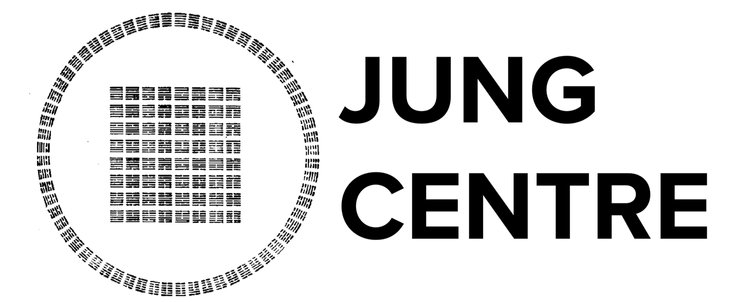‘For the great goddess…whose forehead is crowned with the Turrets of the Impossible, moves through the generations from one twilight to another; and of her long journeying from revelation to revelation, there is no end.’
John Cowper Powys A Glastonbury Romance
‘To know the myths is to learn the secrets of the origins of things.’
Mircea Eliade
Introduction
We are part of the story of life on this planet, its past and future as well as the present. Our personal story unfolds out of the choices and actions taken by previous generations, our collective story. We can draw on this collective story from the storehouse of inherited knowledge in the myths and stories of our ancestors. They are our connection to the ancient foundations of the human psyche; they speak to us of deep truths about the human psyche.
One such myth is the story of the goddess Inanna and the Huluppu Tree first told by the Sumerians nearly 6,000yrs ago, one of the first great civilisations of the world who set in motion the development of the city, the urban citizen, and shaped our modern sensibility and outlook.
Inanna and the Huluppu Tree is the story of the emergence of ego-consciousness from out of the unthinking instincts to independent decision-making. It is the story of the rise of the first civilisations, and the beginning of human technology and also the cost of our loss of unity with Nature and the instincts. It is an extraordinary story of the creation of ego-consciousness.
Inanna, also known by the later Babylonian name of Ishtar, is known as the first daughter of the moon and is the morning and evening star. As such Inanna is the awakening force of Eros. In this aspect she is the sacred manifestation of all desire in its fertility and sexuality. She is passionate, playful and erotically feminine. Inanna is Life, creative and fruitful in all her aspects.
For the Sumerians Inanna was central to their religious and secular undertakings, she played a greater role in their lives than any other deity.
The goddess Inanna was lost to us for millennia, whispered only in the empty spaces of the shifting desert sands; the story of Inanna, Ereshkigal, Dumuzi and Geshtinanna lay buried and forgotten in the sands of time until the clay tablets on which their story was written were found and deciphered 150 years ago. The last section only found in the 1960s.
Inanna reawakens as we move into a new age, her story can be told again as she takes her place in the great pantheon of the Goddess.



